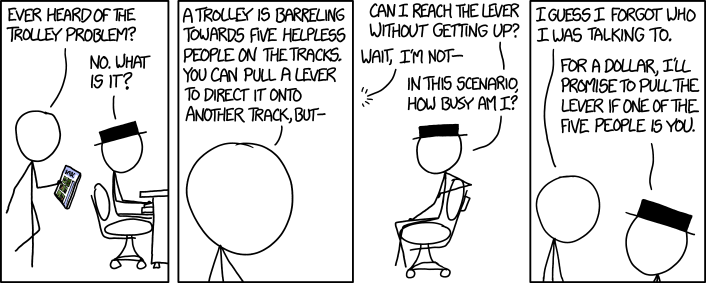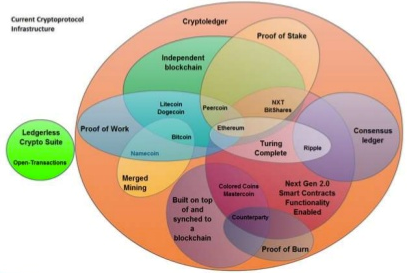With all the talk about how, in the end, all of our jobs may be taken over by automatons, and us being left with nothing but idleness (as, e.g., this and many other posts on this blog), and erratic behavior as our core competence, what direction will art take ..?
I mean, we all studied the relevant literature, didn’t we ..?
And we all concluded that either times change slower than some predict, as invariably is the case (whereas the more profound effects play out even more profoundly than predicted, in the long run – discuss the time point cut-offs between short, middle and long run),
Or we’re doomed.
As an intermission:

[The erratic as style. Toronto, of course.]
But still, in that scenario where all the boring routine business (either physical or mental!) has been taken over by machines and algorithms, and the combination has become human-like in the sense that nobody cares anymore whether ‘intelligence’ concerns all of our [someone’s] mental capabilities – no human is perfect in all these elements, distributions vary enormously and everyone falls short on the majority …! (?) – combined into one, or it concerns only aspects of that all, we are left with the outer fringes of tasks that have some element of randomness that cannot be captured in algorithms – yet.
Where the boundaries will be pushed ever further. True randomness … hard to get. But look how dismal humans are with ‘randomness’, in this. What if machines outpace us at this one, too ..?
And, when we all will be pushed to the limits of creative work, will it pay enough ..? Probably not. That’s not how the world turns, with oversupply competing for buyers ever less ability to pay; vicious circle.
And, on the core note of this post: What direction will the art that we have so much time for, take? Will it be the art that sits well with the machine age, catering to the machines’ (!!!) needs in e.g., music by Kraftwerk [that recently got pimped to be the original and sole driver of electro[pop|music] but they’re in an admittedly very small pantheon together with, at least, their art-uncle/father Jean Michel Jarre..!] or similar ..?
Or will the art play on the core comparative strength of us, resulting in De Koonings, Rothkos, Pollocks even ..? I know I’d like that….
Either way … Are you educating your children already to live and work in such a world, or are you still aiming at all (sic) their education being outdated as soon as they have to stand on their own feet – with the required skills and mind being trained out of them ..? With the caveat that they’d still would need the most top-notch of education in everything; to be able to communicate with machines and to be able to handle (the complexity of) the world as it is then, including e.g., power failures … But? And? remember president Truman’s “I have found the best way to give advice to your children is to find out what they want and then advise them to do it.” Or are you chasing your kids for this on Coding as the new literacy (that I pointed out in the above education link) ..? Or this:

But we’re running off-topic now (?).
I’ll leave you now with maybe the one other take-away: What solution to mass joblessness is there in that ‘comparative’ ..? Which I meant in a Ricardo’an way ..! (As explained here) Think that through … Contra the above hypercompetition, is there salvation in there ..!?














